Google's transformation of NotebookLM from a straightforward note-taking app into an autonomous research platform is a real pivot for AI productivity. The latest update brings Deep Research functionality alongside expanded file support, changing what the platform can do for researchers and knowledge workers.
Access matters. The update should be available to all users, which could shake up the market for students and independents who have been priced out of premium research tools. If that holds, expect a lot more people to try serious AI‑assisted research.
For teams, this nudges NotebookLM toward enterprise territory. It looks competitive with specialized research apps while keeping the integration perks of Google’s ecosystem. The notebook‑centric design helps complex projects stay organized and collaborative instead of scattered across tabs and tools.
What's next for AI-powered research?
NotebookLM is moving from document helper to a full research platform, without getting unwieldy. Google said that the new Deep Research mode should be available in NotebookLM to all users within a week, a fast rollout that could reset expectations for AI research assistants.
The ripple effects touch the process, not just productivity. Rather than manually collecting sources and stitching together first drafts, researchers can focus on framing questions, making calls, and interpreting findings, while NotebookLM handles the systematic gathering and initial synthesis. That split, human strategy plus AI execution, can shorten cycles across academic, professional, and creative work.
If your job involves thorny, layered information, this update makes NotebookLM a steadier partner. The trick is pairing its autonomous research with the new file flexibility, so your workflow is both faster and deeper than the old tab‑surfing routine. NotebookLM is growing up, and it just might change how research gets done.







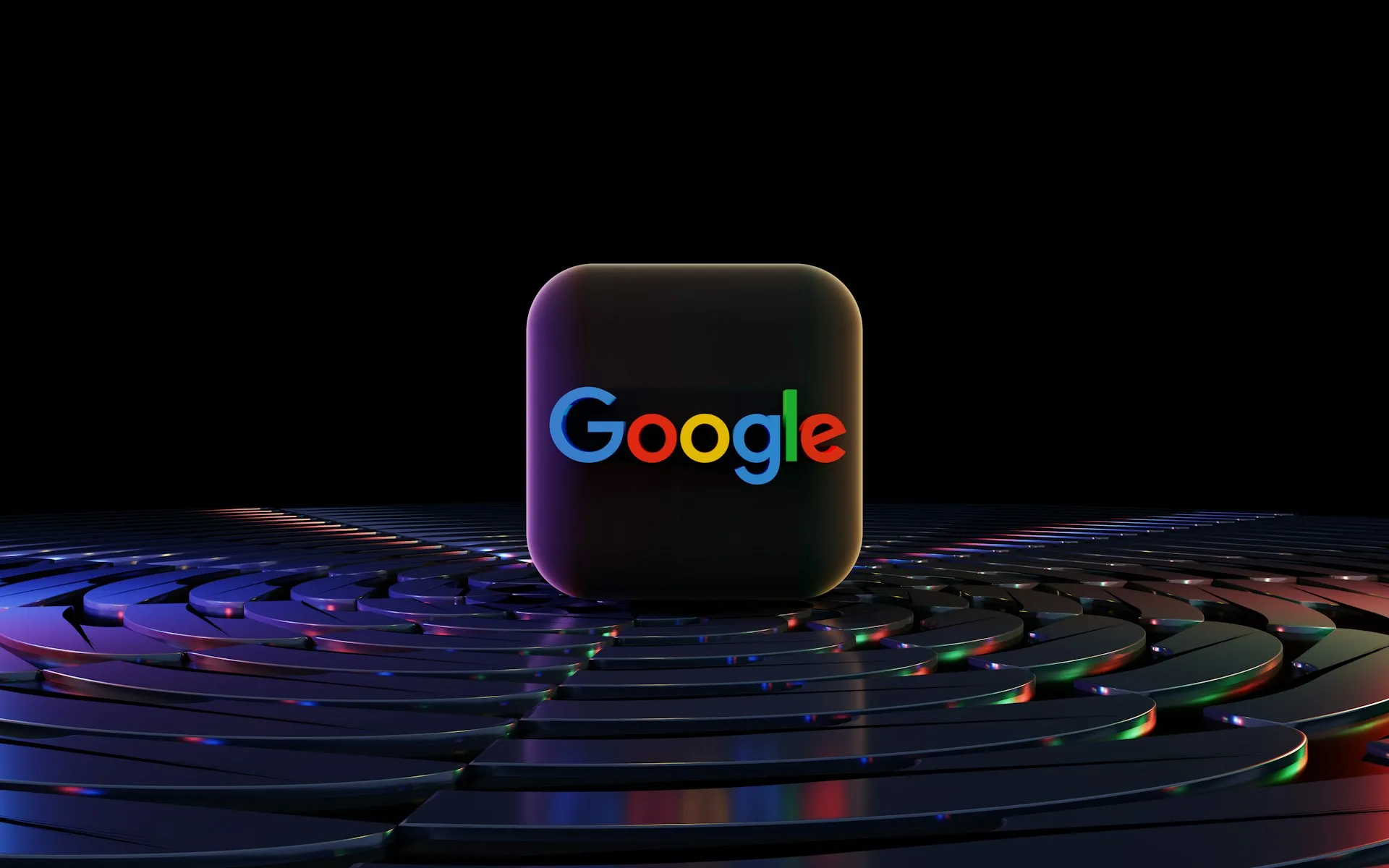
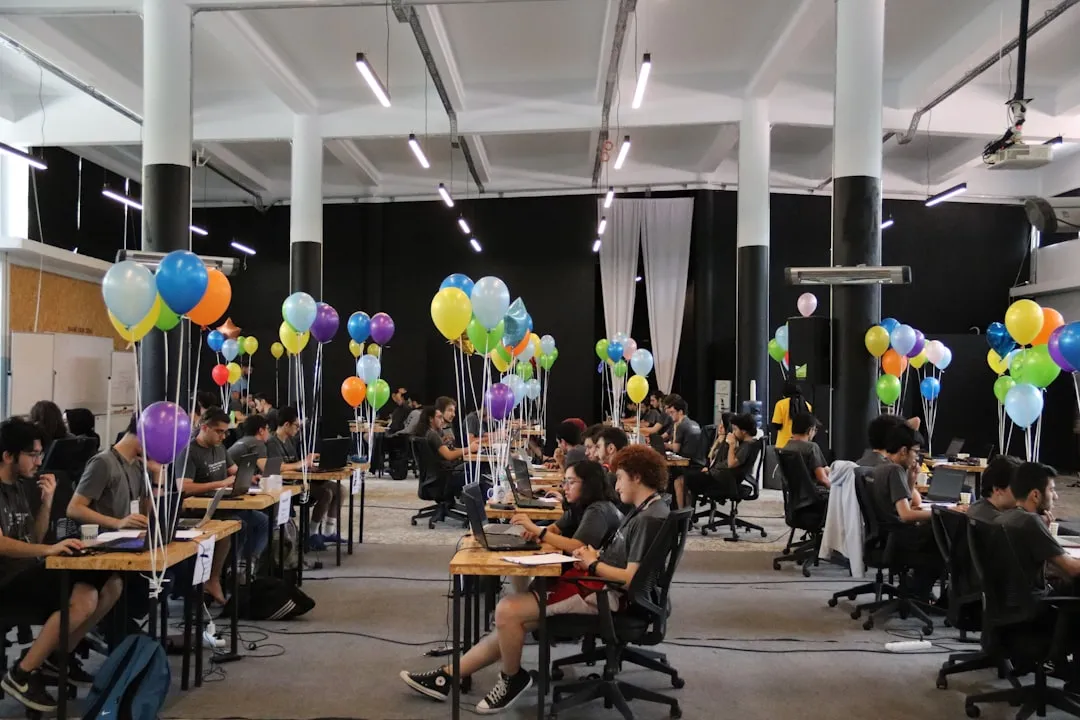
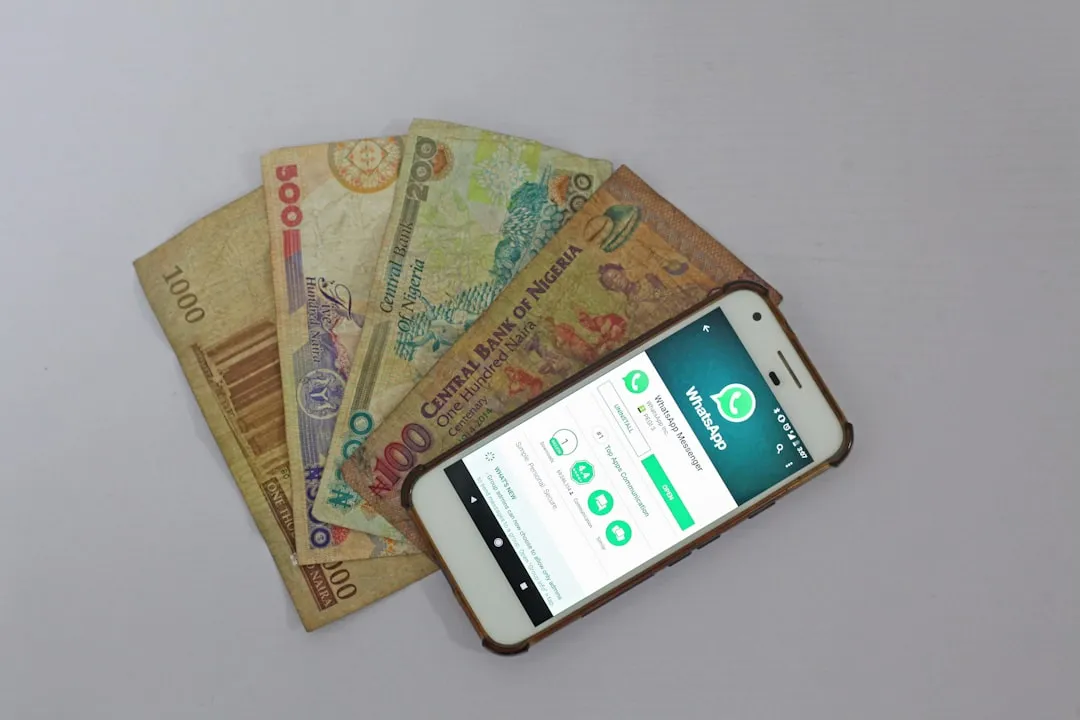
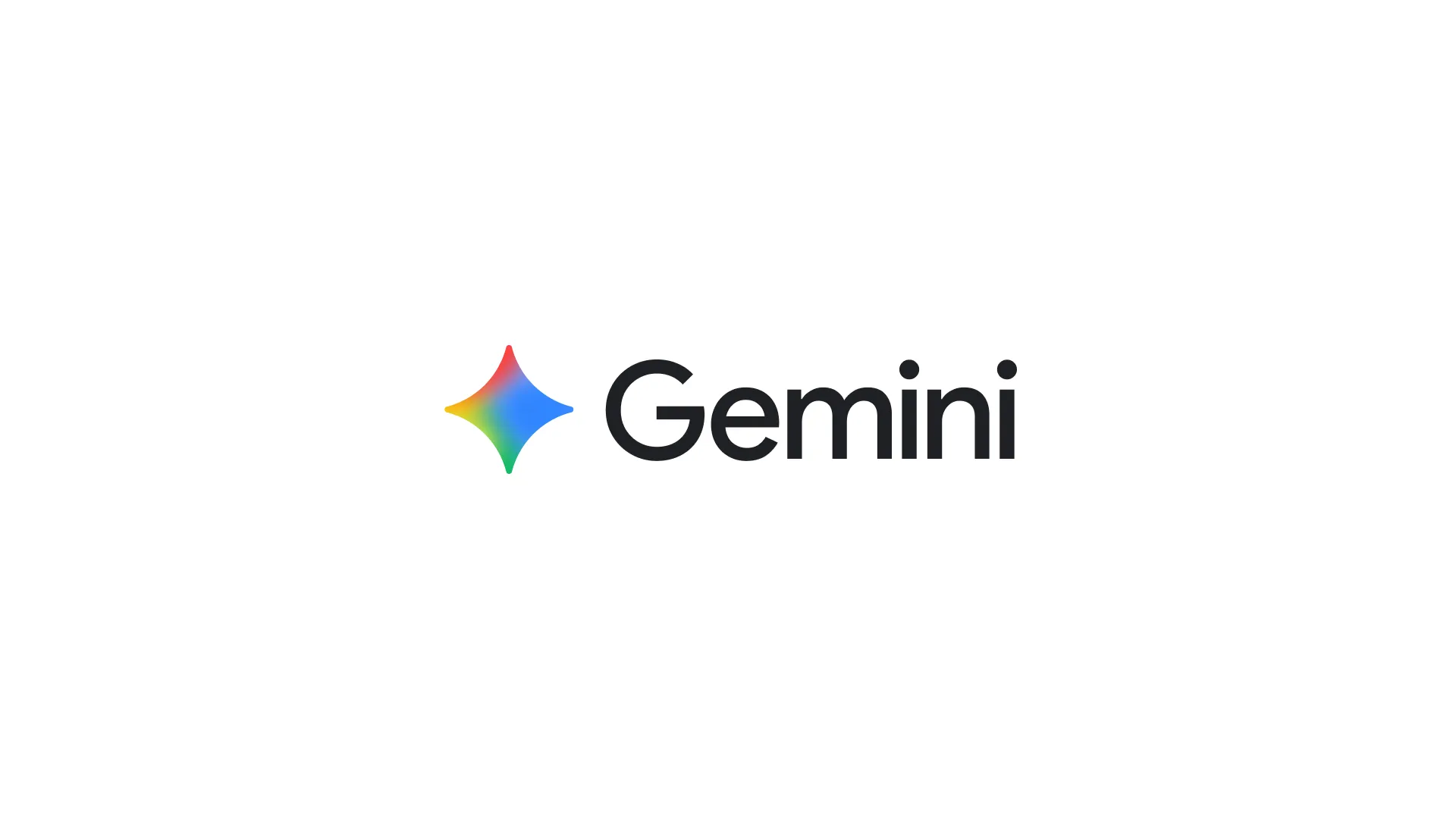





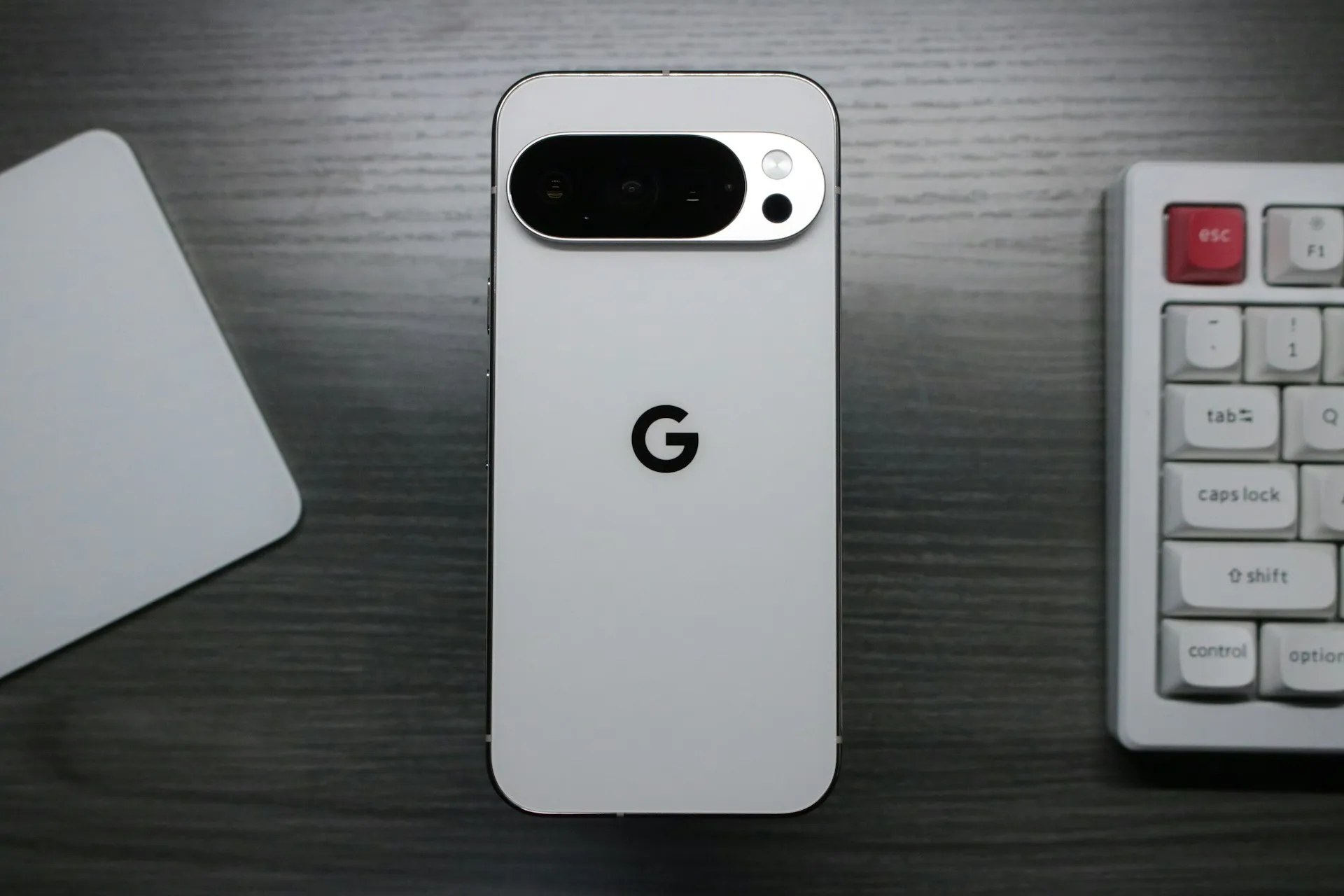


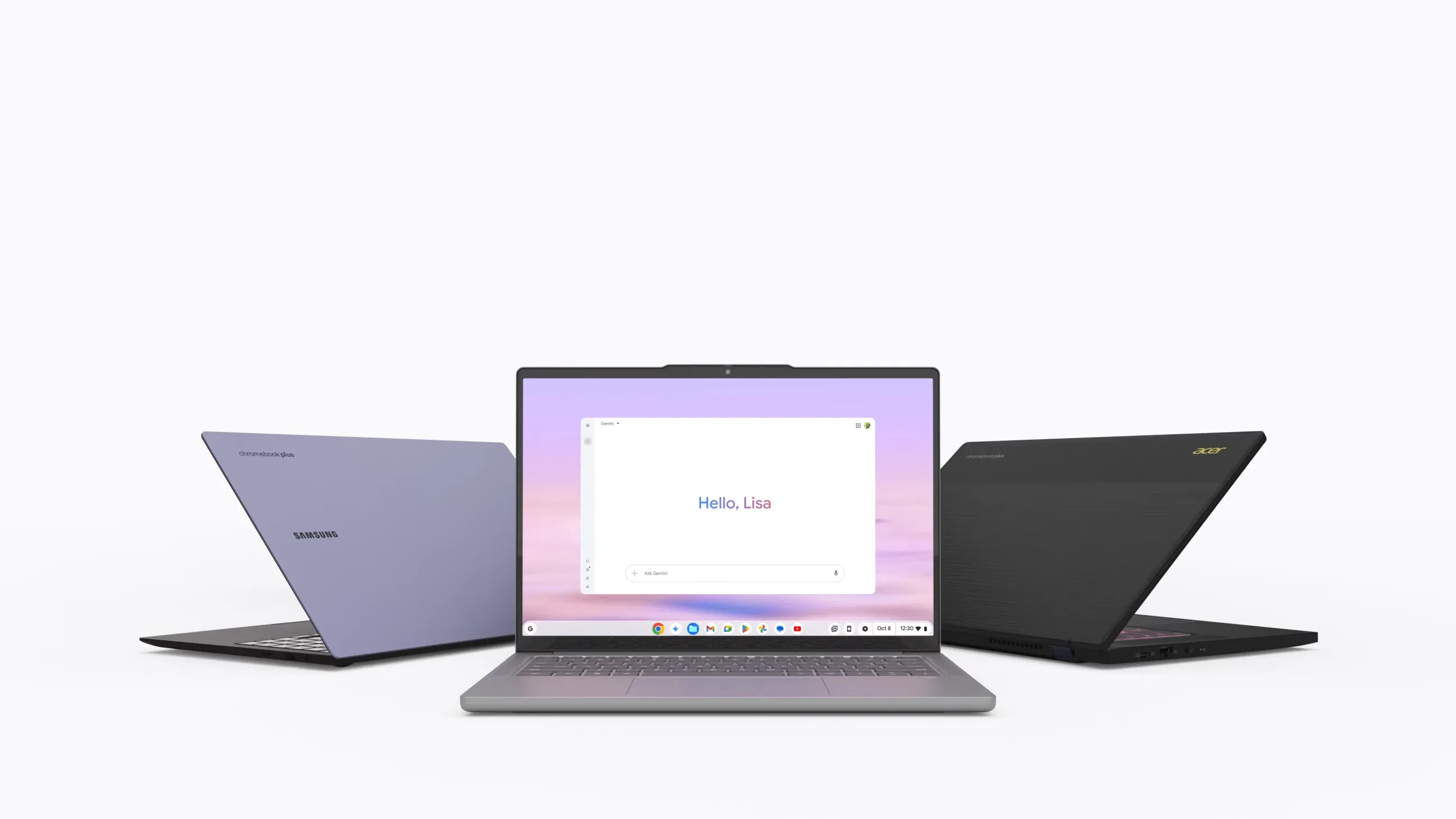

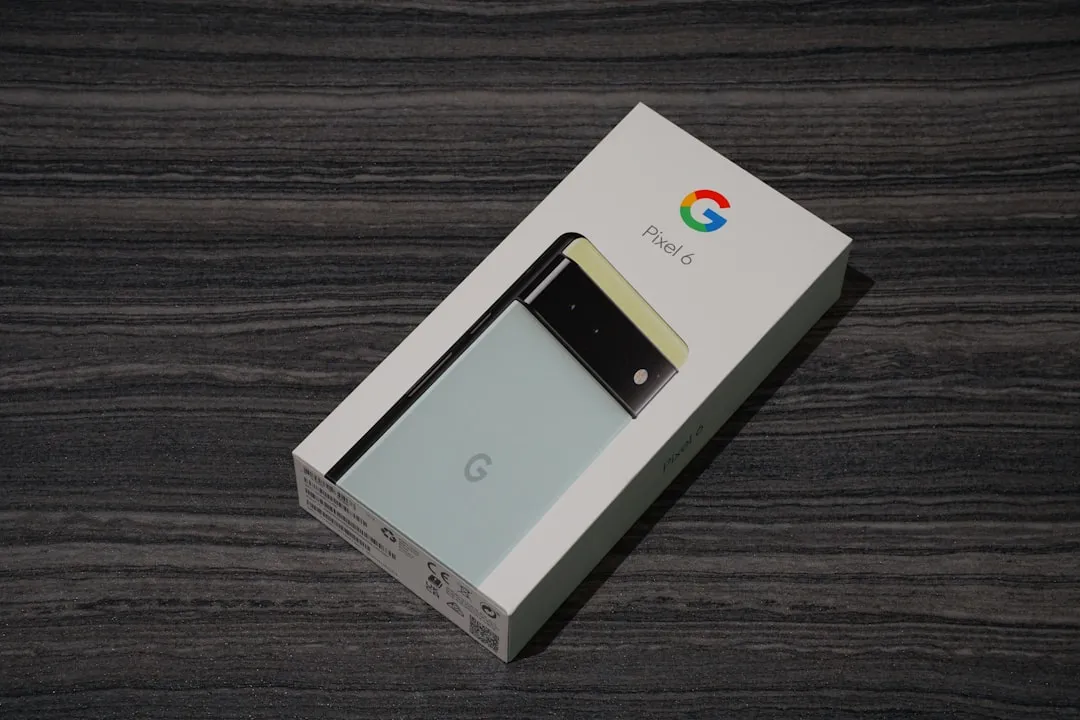
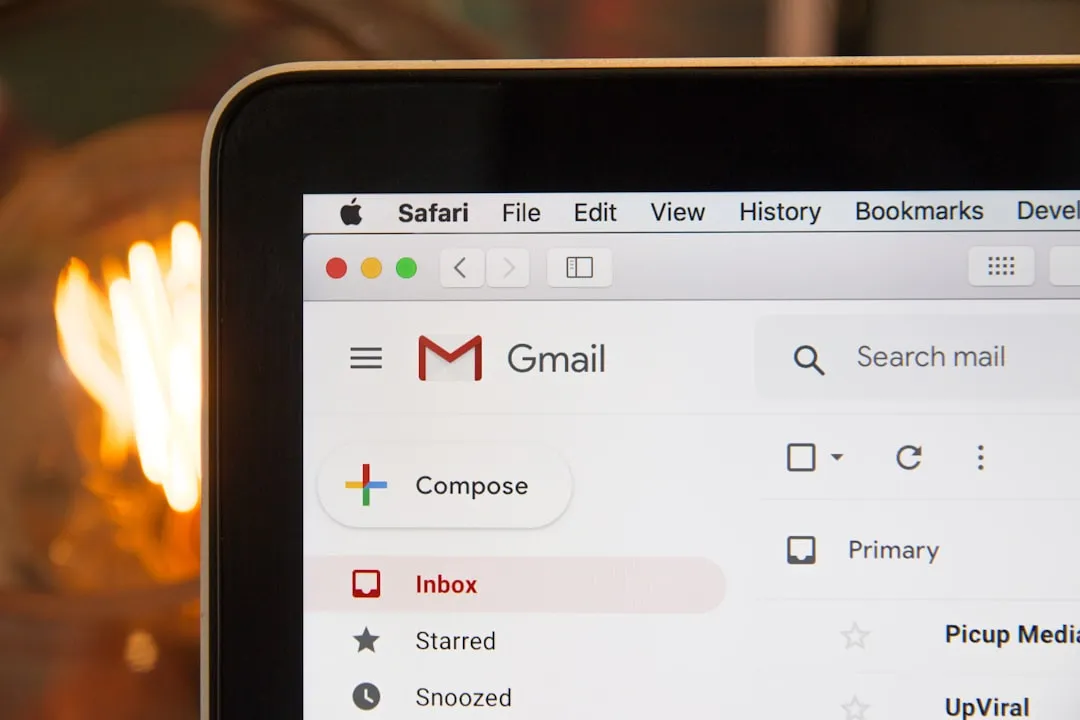
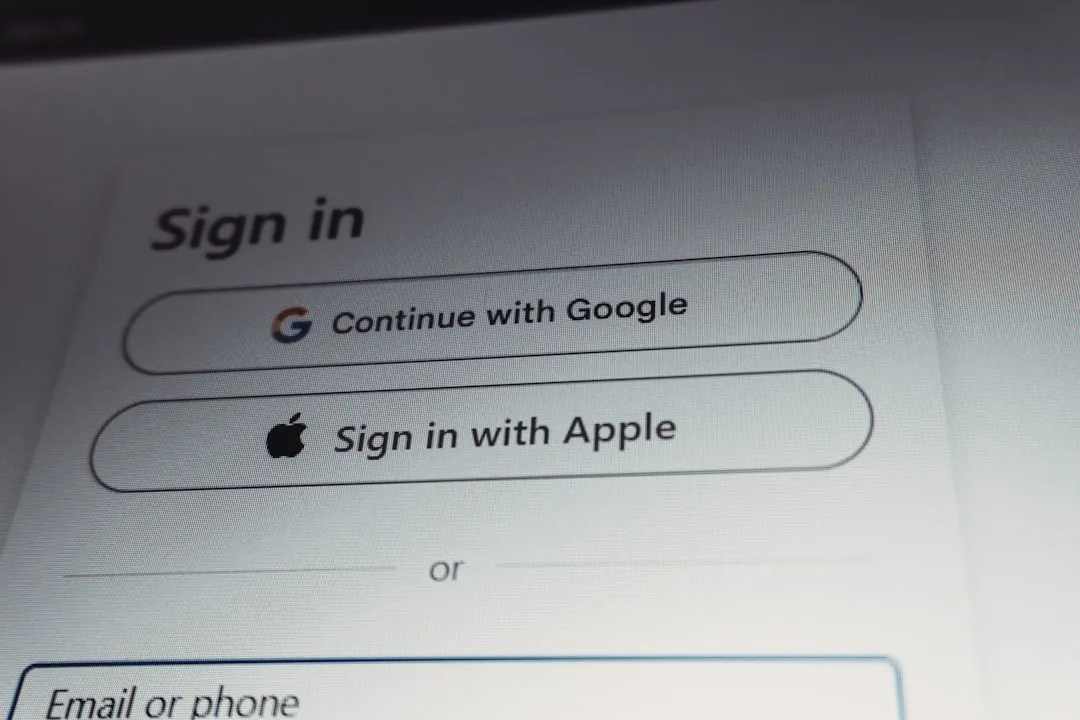




Comments
Be the first, drop a comment!